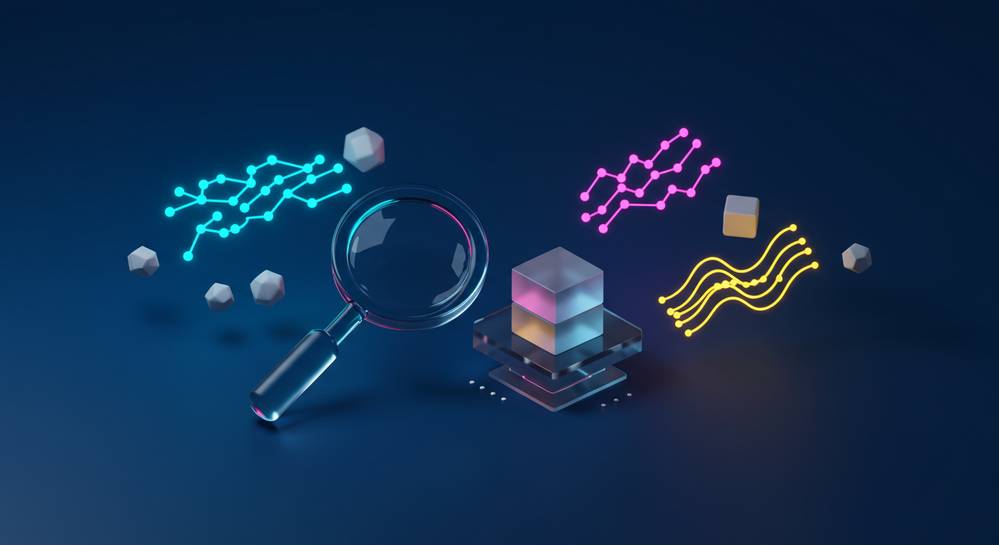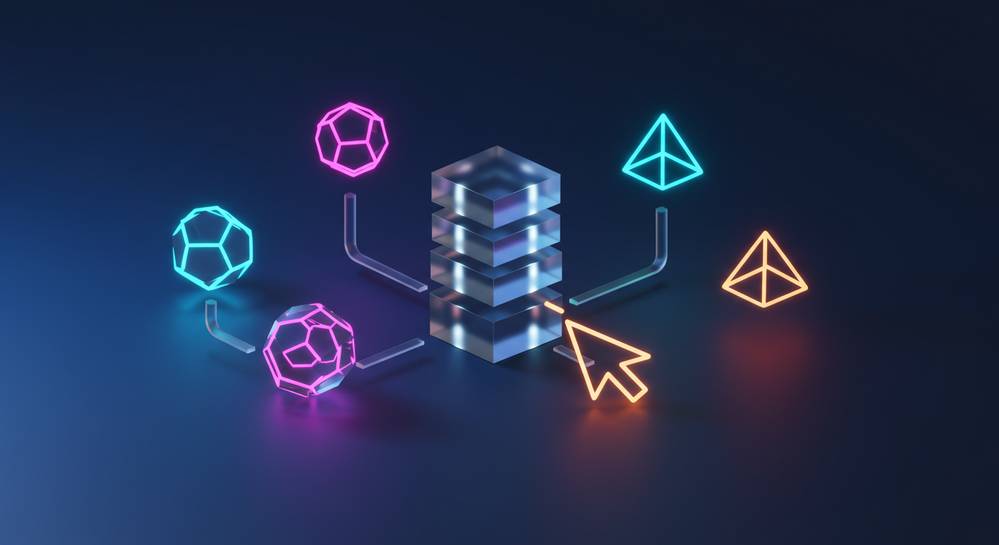In today’s complex digital ecosystems, understanding system behavior is more critical than ever. Traditional monitoring is no longer enough. This is where a modern observability stack setup with open telemetry becomes essential. It provides deep insights into your applications by unifying logs, metrics, and traces. This guide will walk you through the key components and steps to build a robust, future-proof observability pipeline from scratch, putting you in control of your data.
Contents
Understanding the core concepts of observability

The foundational pillars of observability
Before building your stack, grasping the core principles is vital. Observability rests on three primary data types, known as its pillars. Together, they provide a complete view of your system’s health, which is crucial for understanding how complex systems operate. This knowledge is the first step toward a successful observability stack setup with open telemetry.
- Metrics: Numerical data aggregated over time, like CPU usage or request rates. They are perfect for spotting trends and triggering alerts.
- Traces: The complete journey of a request through multiple services. They are essential for debugging latency in microservices.
- Logs: Timestamped records of specific events. They offer granular context for root cause analysis when something goes wrong.
OpenTelemetry unifies these data types. As a vendor-neutral, open-source standard, it provides a single set of APIs and tools to collect this data. This frees you from vendor lock-in and simplifies instrumentation across your entire architecture.
Choosing the components for your observability stack

A complete observability stack uses several interconnected components. With OpenTelemetry, you gain the flexibility to select the best open-source tools for each role. This modular approach is central to a modern observability stack setup with open telemetry, allowing you to tailor the system to your exact needs without vendor lock-in.
Data collection: The OpenTelemetry Collector
The OpenTelemetry Collector is the heart of your data pipeline. It acts as a vendor-agnostic agent that receives telemetry data in many formats. The Collector can then process this data and export it to multiple backends simultaneously. This decouples your application from the storage layer, making it easy to switch tools later.
Data storage and backend choices
Once collected, your data needs a home for storage and analysis. Choosing the right backend is key, similar to the considerations when undefined. Popular choices include:
- Traces: Jaeger and Zipkin are purpose-built for storing and visualizing distributed traces.
- Metrics: Prometheus is the industry standard for time-series metrics, famous for its powerful query language.
- Logs: Loki or Elasticsearch are excellent for aggregating and searching through log data.
Visualization: Making sense of data
The final layer is visualization, where you build dashboards and run queries. Grafana is the leading open-source tool for this job. It connects seamlessly to Prometheus, Jaeger, and Loki. This allows you to create a single, unified dashboard for all your observability data.
A step-by-step guide to setting up the stack
Setting up the stack involves connecting the components you have chosen. While specific commands differ based on your environment, the general workflow remains consistent. This high-level overview details the process for a complete observability stack setup with open telemetry, integrating each tool into a cohesive system.
- Step 1: Instrument your application. Begin by integrating the OpenTelemetry SDK for your programming language, such as Java, Python, or Go. This SDK captures traces, metrics, and logs. You will configure it to export all this telemetry data to the OpenTelemetry Collector.
- Step 2: Deploy and configure the collector. Run the OpenTelemetry Collector as a standalone service. Its configuration file defines receivers (how it gets data), processors (how it modifies data), and exporters (where it sends data), acting as a central pipeline.
- Step 3: Set up your backends. Deploy Prometheus, Loki, and Jaeger as your data storage solutions. Ensure they are configured to receive data from the Collector. For example, Prometheus will pull metrics, while the Collector pushes logs and traces.
- Step 4: Connect Grafana for visualization. In Grafana, add Prometheus, Loki, and Jaeger as distinct data sources. You can then build dashboards with panels that query these sources, creating a single, unified view of your system’s health.
Benefits and best practices for your new stack

Adopting an observability stack built on OpenTelemetry offers significant advantages beyond simple monitoring. It empowers your teams with deep system insights. This approach ensures your observability stack setup with open telemetry is both powerful and future-proof, giving you full control over your telemetry data.
Key benefits
- Vendor neutrality: You gain complete freedom from vendor lock-in. This allows you to switch backends or visualization tools as your needs evolve without re-instrumenting your code.
- Unified data collection: A single, open standard simplifies collecting metrics, traces, and logs. This reduces complexity and maintenance overhead for your engineering teams.
- Faster debugging: Seamlessly correlate all three telemetry data types in one place. This dramatically speeds up root cause analysis, reducing downtime.
Best practices for your stack
To maximize the value from your new stack, follow these proven strategies:
- Start small: Instrument one critical service first. This helps you learn the process and demonstrate value before a full-scale, architecture-wide rollout.
- Focus on key signals: Identify the most important metrics and user journeys to trace. Avoid collecting everything, which creates noise and increases storage costs.
- Automate deployment: Use infrastructure-as-code tools like Terraform or Ansible to manage your stack. This ensures consistency, repeatability, and scalability.
Implementing an observability stack with OpenTelemetry is a strategic investment in your system’s reliability and performance. By following a structured approach, you create a unified, vendor-agnostic solution that simplifies troubleshooting and provides deep operational insights. To explore more advanced technology solutions and stay ahead of the curve, visit Virtual Tech Vision for expert guides and analysis. We are here to help you navigate the future of tech.









